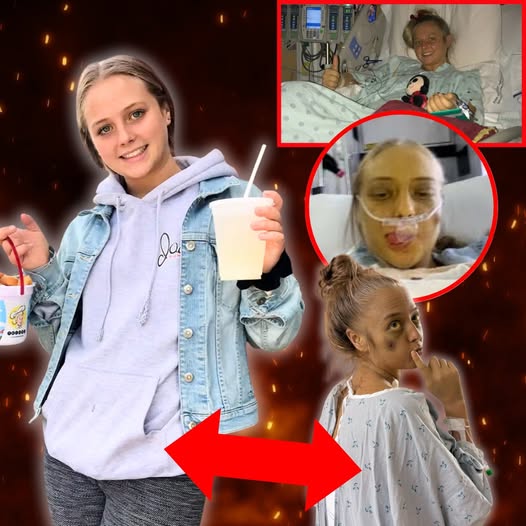- Emma Mendelssohn was just 15 when she first noticed a yellow tint creeping into her skin
- The high school sophomore from the San Francisco Bay Area emailed her doctor, who told her to keep an eye on it
- A few months later, her skin turned a deep yellow again and this time, it didn’t go away. Not much later, she was rushed to the hospital
Emma Mendelssohn was just 15 when she first noticed a yellow tint creeping into her skin.
It was May 2018, and the high school sophomore from the San Francisco Bay Area emailed her doctor, who told her to keep an eye on it. Then, just as suddenly as it appeared, the jaundice faded. With sports, school and homecoming around the corner, Mendelssohn brushed it off, along with the extreme fatigue that followed. At the time, she chalked it up to being a busy teen.
But by late October, just days before homecoming weekend, her skin turned a deep yellow again — and this time, it didn’t go away. The exhaustion, too, had only worsened.
“I was like, ‘Okay, what the actual F. This isn’t normal. This isn’t chill,’ ” Mendelssohn tells PEOPLE exclusively.

She returned to the doctor, who ordered bloodwork. At first, everything looked normal, except for one result that hadn’t yet come back: her liver enzyme levels. That was on a Tuesday. By Wednesday — Halloween — she was urgently called to the emergency room.
Doctors gave her a bag of medication, hoping to stabilize her liver function. If successful, she’d be transferred to Oakland Children’s Hospital for steroid infusions. If not, she’d be sent to UCSF Medical Center for an emergency liver transplant.
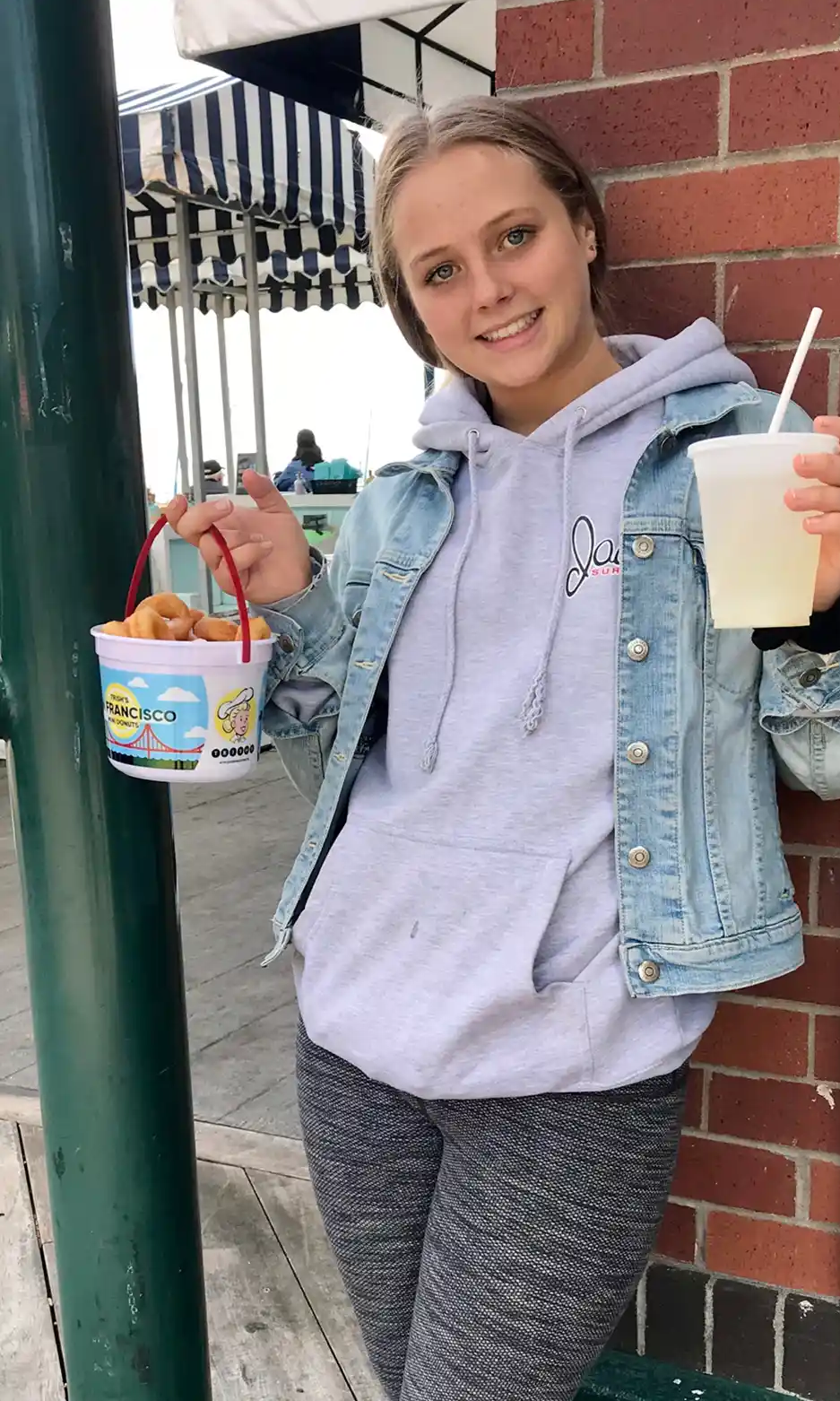
“They were like, ‘You are all sorts of messed up. You’ve got to come back in,’ ” she recalls. “I felt sick, but I thought I just had a bad stomach bug or maybe the flu. I didn’t think I was dying.”
“I remember thinking, ‘Okay, this seems a little traumatic. I fear. I think this is a bit much.’ And they were like, ‘No, girl, you’re cooked.’ And I was like, ‘Okay … well, okay.’ ”
As the days passed, her lab numbers worsened.
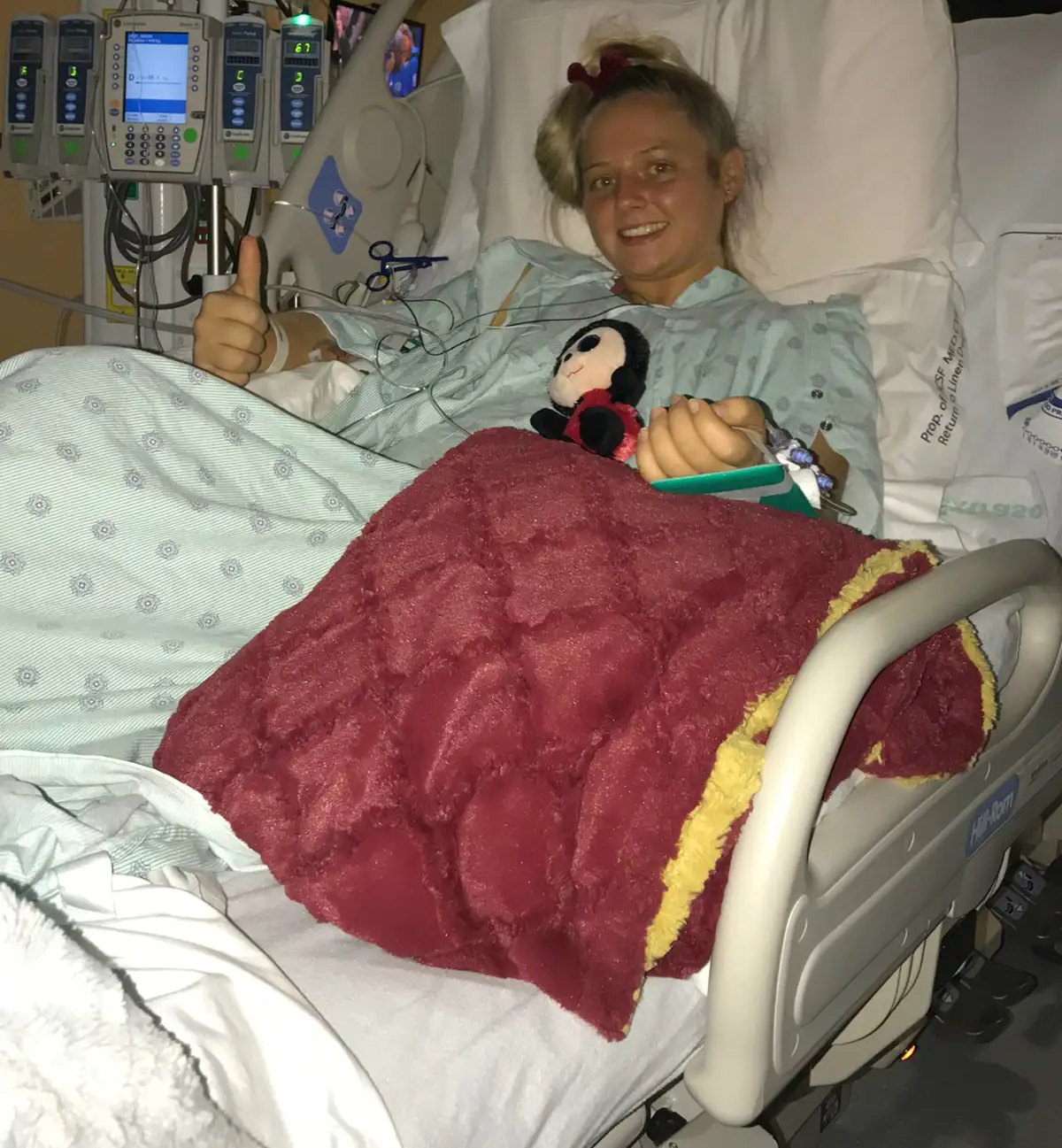
Soon, Mendelssohn was transferred to UCSF Medical Center, where doctors diagnosed her with autoimmune hepatitis — a rare condition in which the immune system attacks the liver. They also discovered she had Hashimoto’s disease, another autoimmune disorder that affects the thyroid gland.
They started her on steroids for about a day and a half while doctors decided whether her liver could be saved or if she’d need a transplant.
“Ultimately, it was my decision,” she says, adding that her parents are divorced and she’s always been independent. “They told me, ‘You have a week to live, or we can put you on the transplant list.’ So I was like, ‘Yeah, those odds are pretty self-explanatory. Put me on the list.’ ”
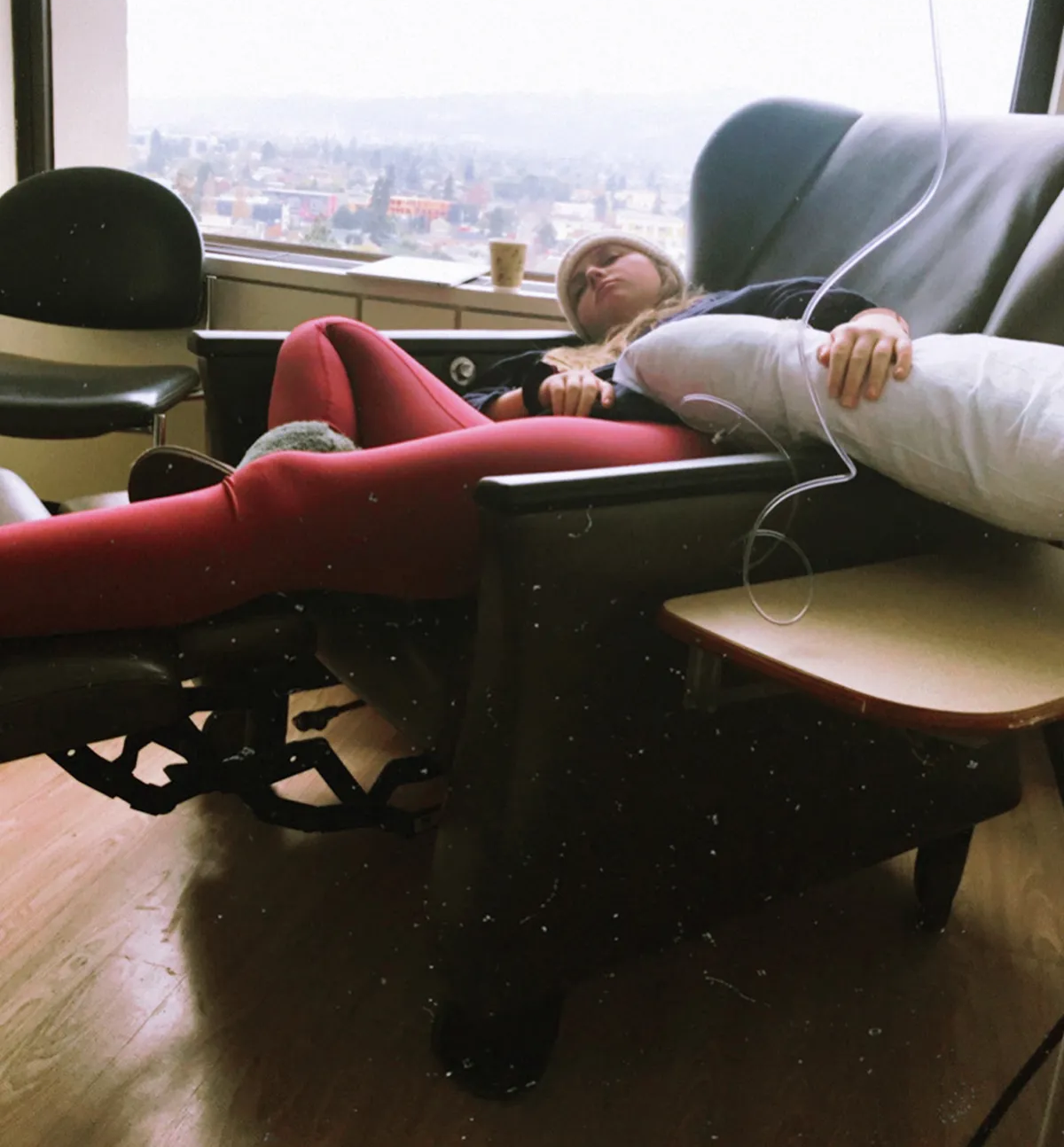
By Friday, Mendelssohn was officially added to the transplant list. Just two days later — on Sunday — she received her new liver.
While in the hospital, she recalls how a woman came into her room asking if she wanted to Make a Wish. At the time, Mendelssohn told her she could give it to someone else. The woman replied, “No, that’s not really how it works. If you’re sick, you just get one.”
“That made me realize, ‘Oh, I am sick, I really am sick for the rest of my life,’ ” she adds. ” ‘This is going to be something that’s prevalent in my life forever now.’ ”
But even after surgery, life didn’t return to normal immediately. Mendelssohn, now 22, had to relearn basic tasks — including how to push herself up, turn on her side and even walk. While it was difficult, she was so determined to get out of the hospital that she didn’t even care. The more she practiced, the easier it got.
Along with relearning tasks, Mendelssohn faced a grueling few years of recovery, largely due to complications involving one of her bile ducts: it had been tied off or sewn shut during the donor extraction process. This issue caused persistent problems and made healing slow and painful.
It took nearly three years for her body to fully accept the new liver. But once she made it through that long stretch, her body finally began to stabilize. She graduated high school and committed to Colorado State University. By the time she moved to Colorado for college, Mendelssohn says she was feeling healthy again.
“Freshman year was great. Sophomore year also great. But junior year, I started to notice I wasn’t feeling that good anymore,” she says.
That familiar yellow tint — the same early symptom from years earlier — had returned. She went home for winter break and had labs done, hoping it would be a quick fix. At first, doctors thought it could be handled with an ERCP — a procedure used to clear bile ducts and insert stents.
“I told everyone, ‘Don’t fret, I’ll be back in a week.’ I was not back in a week.”
Back in California, doctors discovered her liver enzyme levels were extremely elevated and worsening. A battery of tests followed: biopsies, ultrasounds, MRIs and more. But nothing explained why her body wasn’t responding to treatment.
That’s when they tested for something so rare that most transplant patients have never heard of it: donor-mediated rejection. The condition occurs when antibodies in the donor liver and the recipient’s immune system begin to attack each other.
“They said, ‘Nobody gets this. We highly doubt it’s what you have,’ ” Mendelssohn recalls. “But with my luck? I had it.”
“There was no treatment protocol,” she says. “No one said, ‘Here’s the plan.’ I just sat at home waiting. I told them, ‘I won’t be mad if you don’t know what to do — just tell me that. But don’t leave me sitting here wondering what’s happening.’ ”
Eventually, she was started on immunotherapy — a cancer-like treatment involving a cocktail of medications delivered through weekly infusions. She constantly had to be monitored for Epstein-Barr virus because, for her, it could develop into lymphoma. At one point, she even contracted the virus, but thankfully, it didn’t progress.
“Tuesdays I’d get one two-hour infusion, Thursdays another. Then I had a six-hour injection of a third drug,” she explains. “I’d feel like absolute dog crap for two days, then do it all again.”
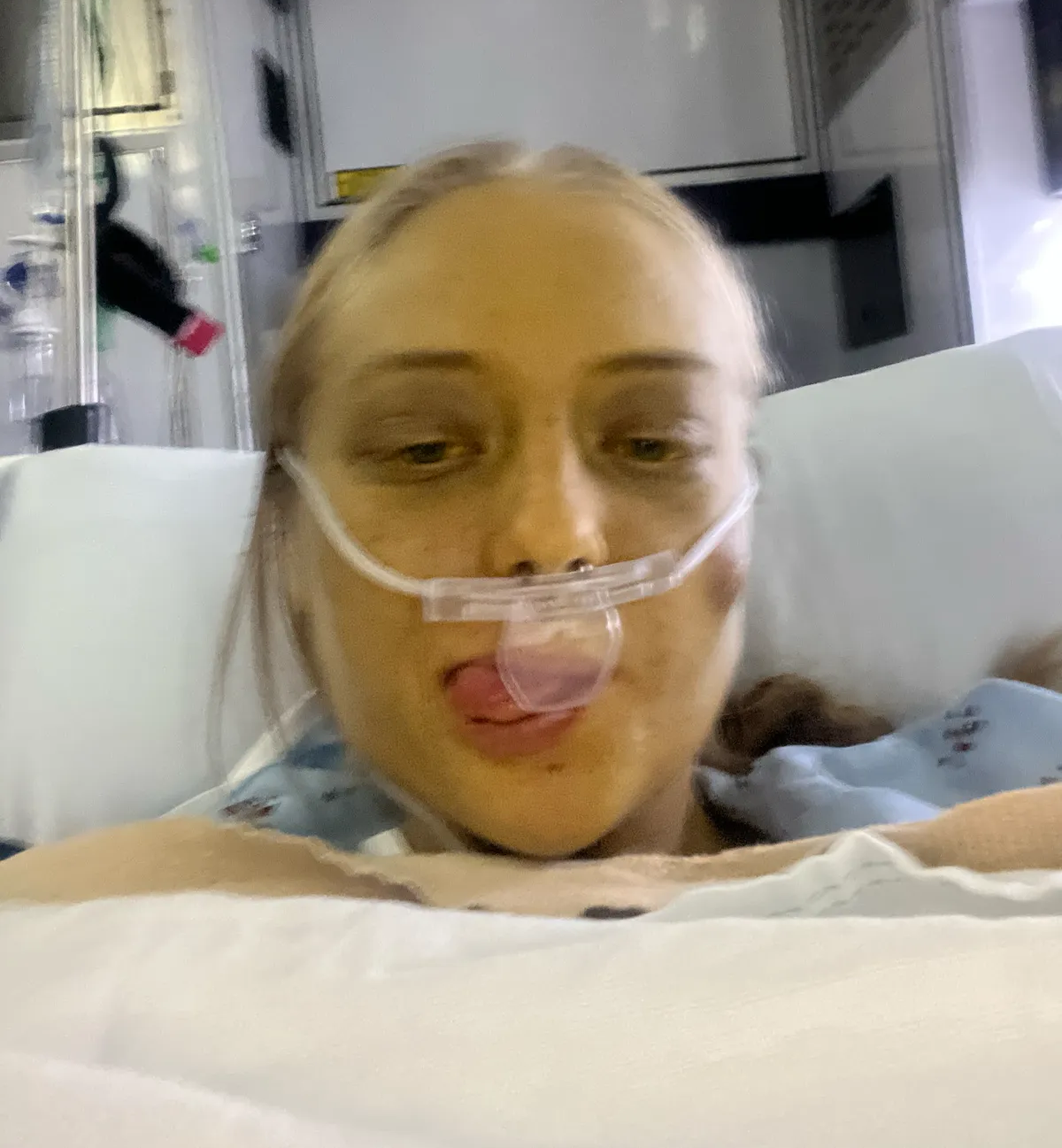
The cycle continued for eight grueling weeks. And the hardest part? Mendelssohn wouldn’t know if the treatment was working until the very end. But deep down, she knew that if it didn’t respond, she’d face another liver transplant, something she was desperate to avoid after all the complications from her first.
“I think when I was first hospitalized, I had already kind of come to terms with the idea of dying, just accepting it for what it was,” she says. “So when the second time came around, I wasn’t unfamiliar with that concept. I was okay with it. I was happy with the way I lived my life and never felt upset or regretful about anything I’d done — like wishing I had more time to fix or do something.”
“After my first transplant, I really embraced every moment and took advantage of every opportunity,” she adds. “I was never regretful because, honestly, I felt that if I died, I would be fully satisfied with how I had lived my 22 years.”
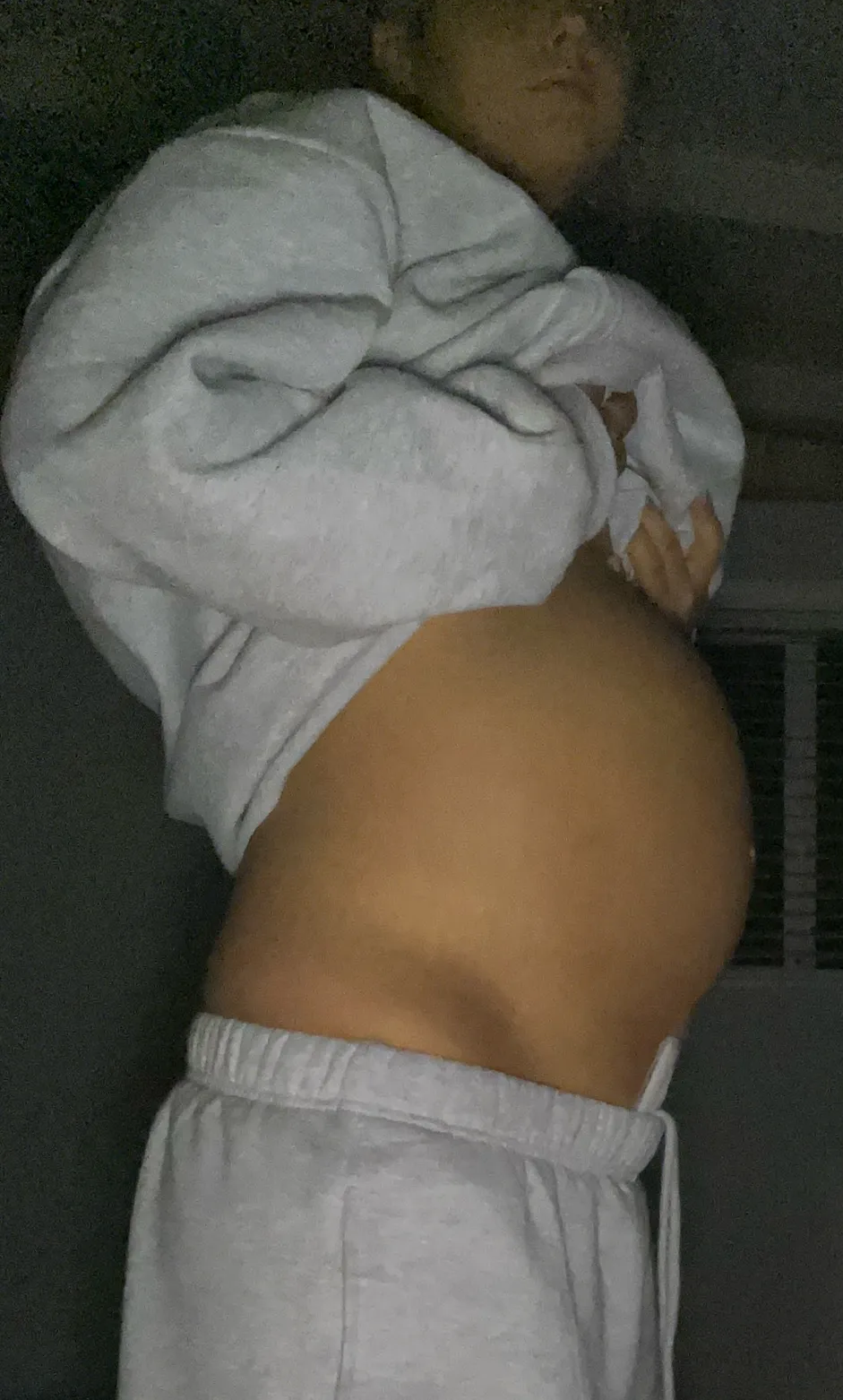
Amid the uncertainty and physical challenges, she turned to TikTok, partly to cope, partly to document her experience, and partly to raise awareness about the often-hidden realities of transplant life. Being a middle child with an older sister and two younger brothers, she was no stranger to wild comments. To get ahead of the negativity, she made a point to joke about herself before anyone else could.
“I’m not trying to be inspirational,” she says. “I just want people to know the truth: this stuff is hard. And sometimes, it’s ugly.”
At first, she didn’t expect her videos to get much attention. But as they gained traction, the response gave her both a sense of purpose and a platform. Her candidness, dry humor and emotional honesty resonated with thousands — some fellow transplant recipients, others simply inspired by her resilience.
“I was like, dang, there’s a lot of people watching me. I can’t just die — that’s kind of messed up,” she says. “I feel like I should at least give it a little bit of a go.”
“I ultimately decided it was probably the better idea to try the second transplant and not to die at that point. But I was not a fan of it in the slightest,” she adds with a laugh. “I was like, ‘Damn, this sucks. I hate this. I don’t know why I decided to do this.’ But I was already too far in. And I wasn’t born a quitter. So I thought, ‘Well … crap.’ And I just kind of went through with it.”
Her younger brother — a high school junior at the time — was another motivation.
“I thought, ‘I really don’t want to miss his graduation. That’s kind of messed up too.’ ”
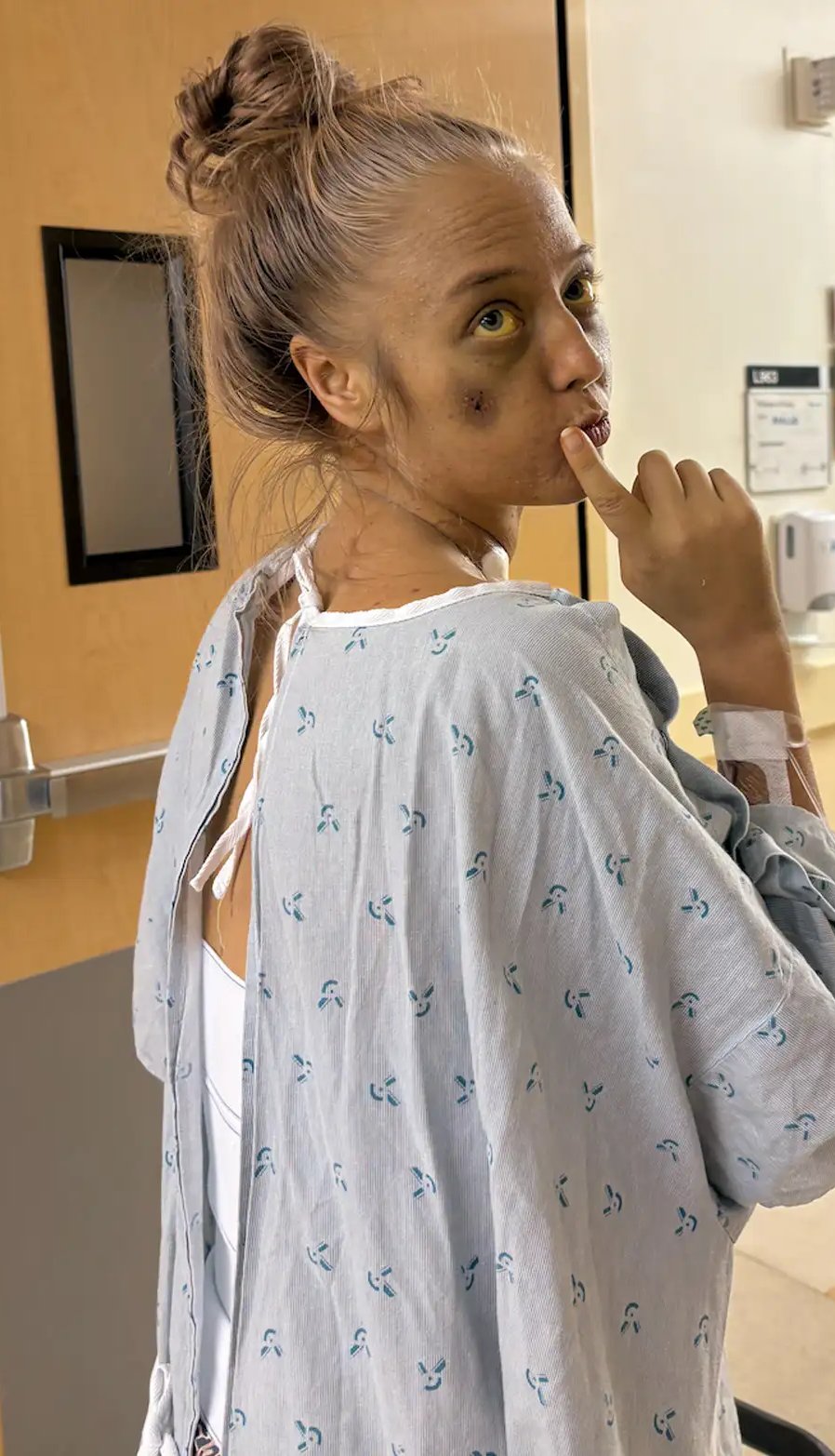
Still, she wasn’t living just for others — she was fighting for herself, too. Autoimmune hepatitis, she explains, isn’t something you overcome; it’s something you manage. “I still have it. I always will. There’s no cure, unfortunately. And not a lot of research, either.”
That’s where her two closest friends, Molly and Riley, stepped in. Though they attended different elementary schools, they became inseparable after meeting in middle school. The summer she told them she didn’t want another transplant, they were among the first people she confided in.
“They made it really clear that I didn’t need to change my mind for them. I could do whatever I wanted,” she says.
But rather than push her, they took action — founding a non-profit to support research and push for a cure.
“It’s really, really cool,” Mendelssohn says. “Raising awareness on TikTok has honestly been the only time I’ve ever seen this disease talked about publicly. It’s not that common. But yeah — it’s definitely stuck with me. There’s no cure as of right now, but hopefully one day we’ll get close or even find one.”
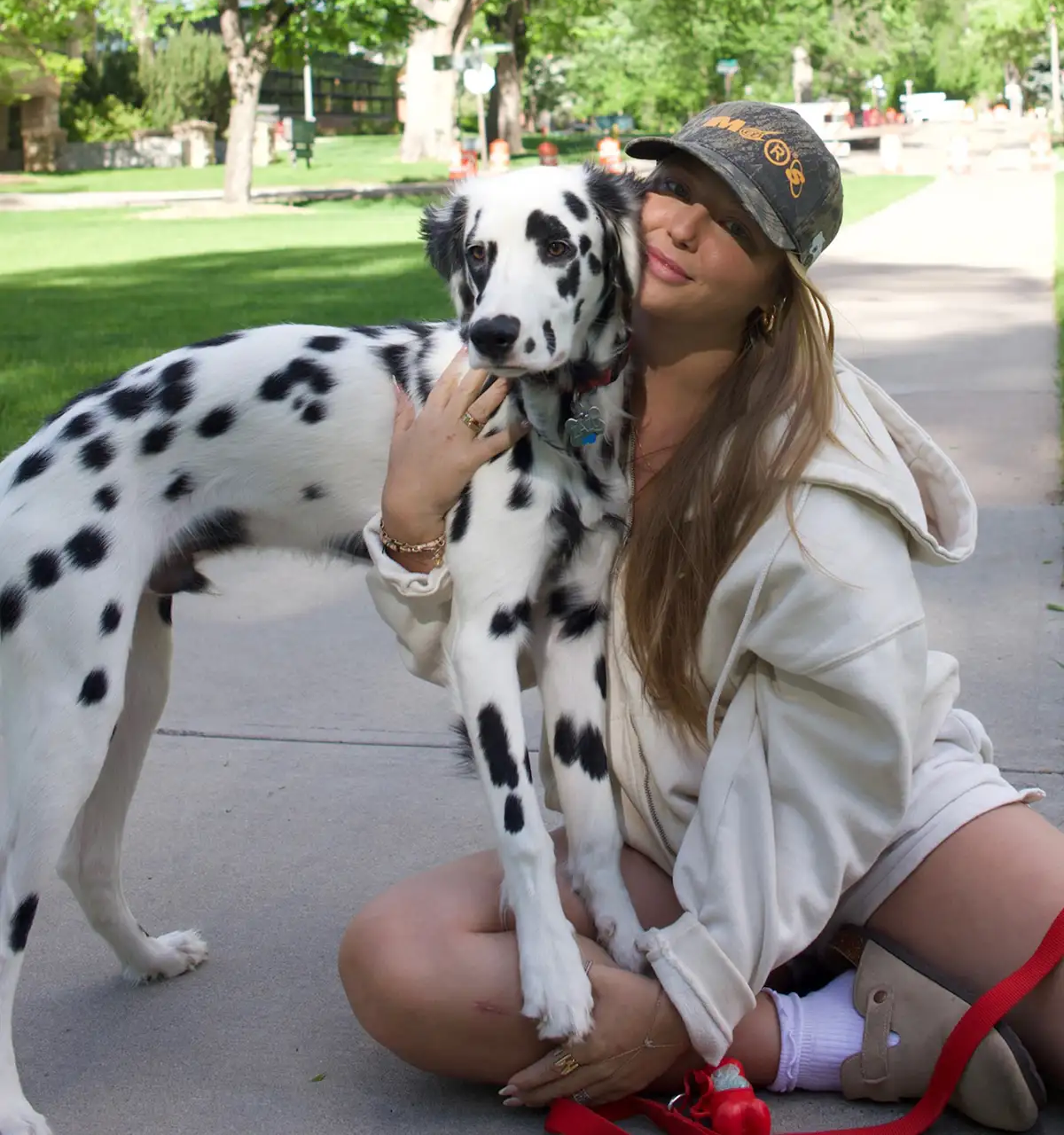
Currently, Mendelssohn says her health is fairly stable. She’s moved back to the San Francisco Bay Area and plans to finish college there.
Her recovery this time has been much quicker compared to her first transplant. “Last time, it took me 17 days just to get out of the hospital,” she recalls. “I literally had to relearn how to walk — that took a week and a half. Everything was just so extended.”
Now, she faces new restrictions: no skydiving, no swimming with great white sharks, no dangerous stunts. Most people might shrug off these limits as minor, but for Mendelssohn, skydiving was a dream she hoped to chase.
“I guess I’ll have to settle for virtual reality or something,” she jokes. “But I’ll figure it out.”
She describes herself plainly: “I’m really just a normal gal. When you’re put in a situation like this, you learn how to deal with it. I’m not some super special, crazy person — these are just the cards I was dealt. So you figure out how to play your hand.”
“People always say, ‘If you can’t fix something in five minutes …’ That’s so true,” she adds. “In hindsight, there are far bigger things to stress over than a cake not baking right or getting a bad grade on a test. There’s always another test. It’s really not that meaningful. People take things so seriously, but sometimes, it’s just not that big of a deal.”
